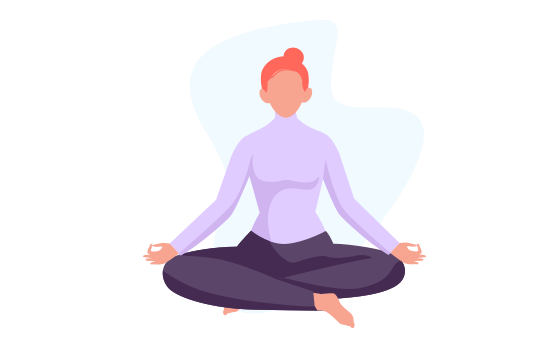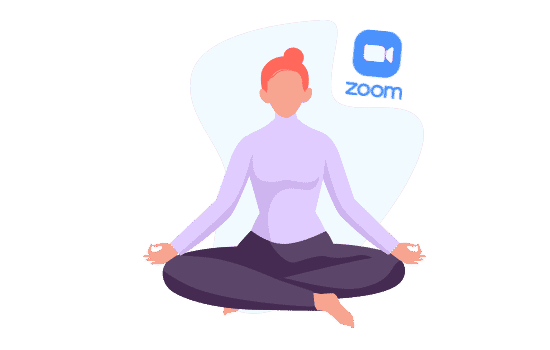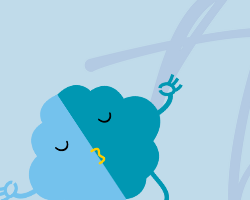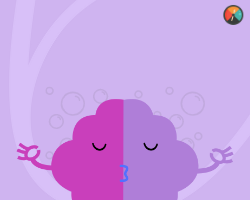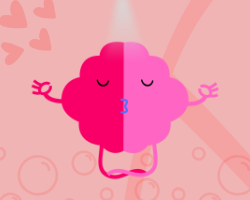Crohn's disease
Crohn’s disease is an inflammatory disease. It can run the length of the digestive tract, from the oral cavity to the anus, but most often occurs at the end of the small intestine and in the large intestine closest to it. Usually, the inflammation is not continuous along the intestinal wall, but has foci alongside normal areas.
All layers of the intestinal wall can be damaged by inflammation – from the mucosa to the intestinal membrane. Accordingly, various complications may occur – such as bottlenecks in the intestinal cavity, intra-abdominal abscess, or formation, adhesions and intersections between adjacent intestinal loops, or from an inflamed intestinal loop to nearby organs such as the bladder, vagina or abdominal wall.
Common symptoms include diarrhea, abdominal pain and weight loss, as well as discomfort during sex or urination.
Crohn's Inflammatory Bowel Disease
This disease also has a great impact on organs outside the digestive system, such as the eyes, joints, and skin, such as the outbreak of psoriasis. The source of the disease is not fully clear.
There is an effective treatment to prevent symptoms and complications, but there is no treatment that completely cures the disease. Along with medication, and even surgical treatment, the patient must avoid emotional and other stresses when they encourage the disease to erupt, as opposed to a calm and balanced lifestyle, which can cause the disease to be forgotten.
Crohn’s disease belongs to the group of inflammatory bowel diseases that also includes ulcerative colitis. Crohn’s disease prevalence ranges from 3 to 14 per 100,000 people in the population each year. It occurs mainly in two age groups: the younger age group, 15 to 30, and the 60 to 80 age group. The disease is more common among Jews, especially Ashkenazi origin, and usually affects men a little more. It is more common in high socioeconomic classes, as well as in industrialized areas as opposed to rural areas, often due to life pressures and industrialized food.
Inflammatory bowel disease erupts for various reasons, in addition to genetic causes. One of the reasons is an abnormal control mechanism in the intestines, which creates a chronic condition in which the intestinal lining itself does not function well at the immune level. This disease impairs the immune system’s ability to respond to bacteria and eradicate them. The ability of secretory cells in response to bacterial metabolic products is also impaired, as well as defects found in a process related to the development and resolution of inflammation.
Patients with Crohn’s disease can suffer from a wide range of clinical symptoms, ranging from mild illness to severe illness requiring surgical treatment. The disease has two main types of intestinal damage: obstructive fibrosthenic disease, characterized by narrowing and blockages of the intestine on the one hand, and existence in invasive fistulas on the other, i.e. the formation of unnatural connections between part of the affected intestine and other tissue.
Crohn’s disease responds well to intestinal rest, to appropriate food. Daily probiotics are recommended, a minority in eating fats, white flour, white rice and other simple carbohydrates, along with a recommendation to consume steamed and soft vegetables and more.
Treatment for Crohn’s disease is divided into two, maintenance treatment and treatment during a flare-up. Drug treatment includes targeted drugs, steroids, antibiotics, biological treatments and up to surgical intervention.
Medical officials estimate that the disease shortens life expectancy by about ten years, and that in addition to genetic and other factors, there is a close connection between mind and body. Lifestyle is an important factor in the onset or remission of the disease. The more relaxed the patient leads a lifestyle, the greater the time distance between outbreaks, and for long periods of quiet.
So how is it treated?
My name is Ayla Jahn, and I too am in the statistics of the disease as I suffer from ulcerative colitis, with its side effects and dangers, to the point of being life-threatening. Therefore, I decided to fight the disease through the mind-body context, and to calm the digestive system using techniques that I acquired during many years of study both in academia and in other frameworks, and with the help of many years of practical experience with patients in my clinic. Fortunately, with the help of a lifestyle that includes daily meditations dedicated to the digestive tract, and a combination of mind-body methodologies, I managed to reverse the disease, and in fact, I have not experienced outbreaks for a long time. My heart is filled with joy when a patient suffering from an intestinal disease announces to me that she has regressed, and that he has returned to normal daily activities, while diluting the medication, and the bonus: when the disease recedes, so do the other diseases that it brings in its wings.
My treatment method is meditation and guided imagery, during which I guide the patient on a guided journey throughout the entire digestive system. During meditation, blood flow to the affected organs increases, and the body secretes natural hormones and other substances that speed up healing.
This site contains dedicated meditations for relief and healing of the gastrointestinal tract. The process includes meditating for about 30 minutes daily and even several times a day, and switching the meditation each week. In my experience, after 10 weeks, the results surprise the patients, and make me very happy.
A series of meditations can be heard from the site. In case the patient prefers, the meditations can be done under my personal guidance in my clinic, which is located in a green moshav, surrounded by green trees and clear air.
My advisors and I will be happy to accompany you through the recovery process and be happy for your successes.
Click on the following explanation and you will learn how my meditation will help eliminate ulcerative colitis from your life:
I strongly encourage you to listen to an explanation of the use of meditation and speaking to our organs (it’s only 3 minutes)
Example meditation
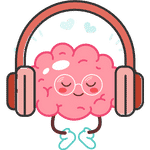
Take a deep inhale, close your eyes and give yourself a chance to regenerate gut cells with this short meditation that is just a taste of the meditation program for Crohn's Support and Recovery
$0 Today
Our groundbreaking program is a unique program for Crohn’s recovery The 10-week program is based on healing the concept through meditation and guided imagery. I invite you to enjoy ten unique meditations that are built in harmony and create a therapeutic continuum, built from emotional training foundations based on a growing series of deep healing, for body and soul. Meditations influence the subconscious mind to achieve remission and heal the emotional pain that led to the onset of illness.
Each week a new and refreshing meditation of about 30 minutes will appear as a continuation of the meditation that preceded it.
My name is Ayelet Yehonatan, I have contracted severeulcerative colitis andI have fully recovered from it! This is entirely possible and that is why I want to help you as I have helped many Crohn’s and ulcerative colitis patients recover.
7-day free trial, cancel anytime. You can cancel during the trial period free of charge.
Crohn's
Want to heal and eliminate the inflammation using the best, most natural and powerful tool available?
A unique 10-week therapeutic plan through meditation and guided imagery
$49
